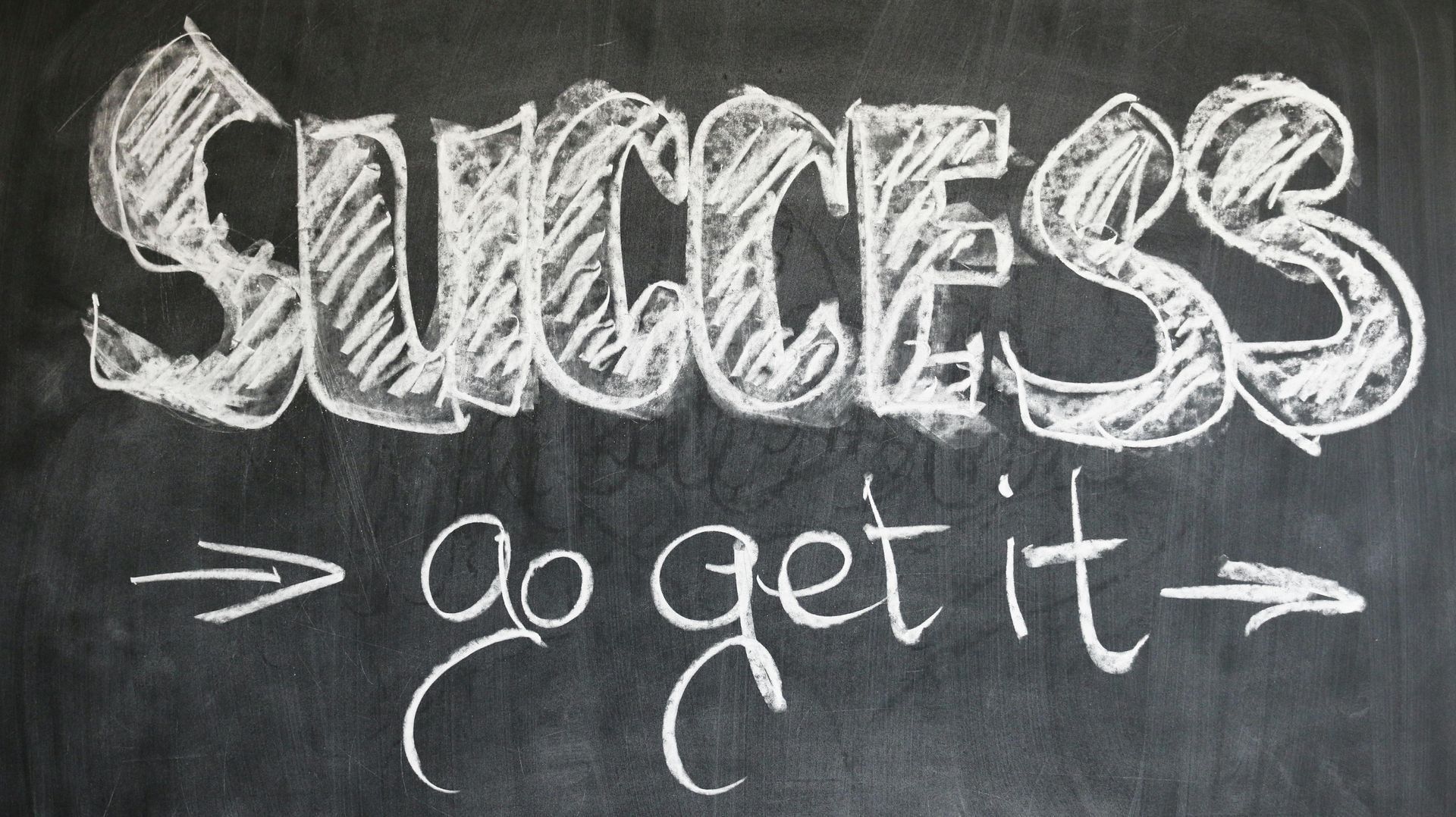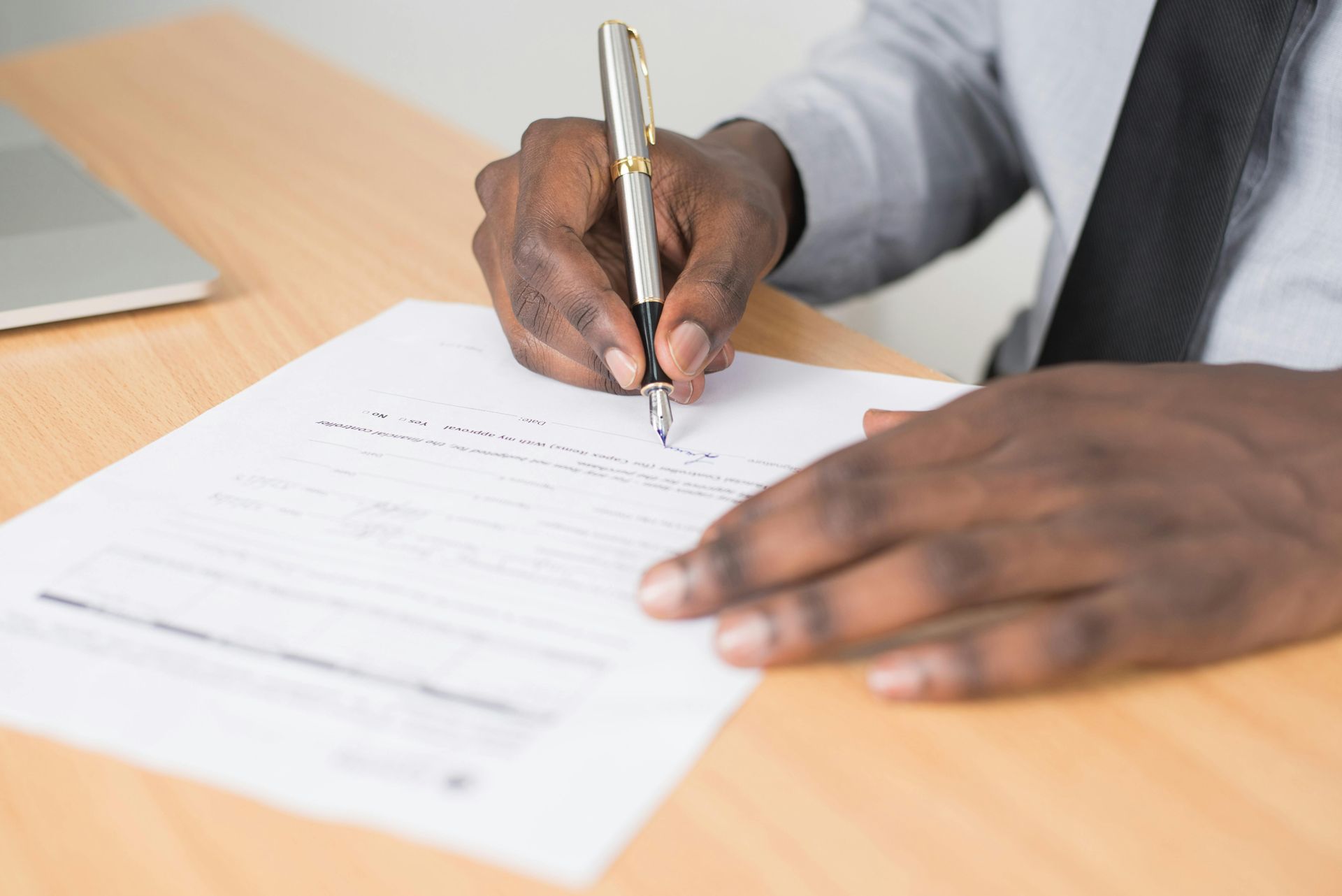11 Steps to Buy Your First Home in 2025 | Expert Guide
Making the leap from renting to homeownership feels like a massive step, but it doesn’t have to be overwhelming. If you’re currently renting and dreaming about owning your first home in 2025, you’re in the right place. The journey from tenant to homeowner requires preparation, but with the right strategy, you can position yourself for success in today’s housing market.

Whether you’re tired of paying rent that feels like it’s going nowhere or you’re ready to build equity and create a space that’s truly yours, this comprehensive guide will walk you through the most important steps to take right now. Let’s dive into the 11 best things you can start doing today to prepare for purchasing your first home.
1. Check and Understand Your Credit Score
Your credit score is the foundation of your mortgage approval. Lenders use this three-digit number to determine not only whether you qualify for a loan but also what interest rate you’ll receive. The difference between a good and excellent credit score can save you tens of thousands of dollars over the life of your mortgage.
Start by pulling your free credit report from all three major bureaus. Look for any errors or discrepancies and dispute them immediately. If your score needs improvement, focus on paying bills on time, reducing credit card balances below 30% of your limits, and avoiding new credit inquiries. Remember, improving your credit score takes time, so start this process as early as possible. Even a 20-point increase in your score can translate to a lower interest rate and significant monthly savings.
2. Create a Dedicated Down Payment Savings Plan
One of the biggest hurdles for first-time buyers is saving for a down payment. While the traditional 20% down payment is ideal for avoiding private mortgage insurance (PMI), many first-time buyer programs require as little as 3-5% down. Calculate your target home price and determine how much you’ll need to save.
Set up an automatic transfer to a high-yield savings account dedicated solely to your home purchase. Treat this like a non-negotiable bill. Even if you can only start with $100 per month, the consistency matters more than the amount. Consider opening a separate savings account specifically for your down payment so you’re not tempted to dip into these funds for other expenses. Look into first-time homebuyer savings accounts that may offer tax advantages in your state.
3. Reduce Your Debt-to-Income Ratio
Lenders carefully evaluate your debt-to-income ratio (DTI), which compares your monthly debt payments to your gross monthly income. Most lenders prefer a DTI below 43%, though some loan programs allow higher ratios. The lower your DTI, the more attractive you are as a borrower.
Focus on paying down credit card balances, student loans, car payments, and any other recurring debts. If you have multiple debts, consider using the avalanche method (paying off highest interest rates first) or the snowball method (paying off smallest balances first) to gain momentum. Avoid taking on new debt like car loans or financing large purchases while you’re preparing to buy a home. Every dollar you can eliminate from your monthly debt obligations increases your purchasing power.
4. Build Your Emergency Fund Alongside Your Down Payment
Many first-time buyers make the mistake of pouring every available dollar into their down payment fund while neglecting their emergency savings. This is a critical error. Homeownership comes with unexpected expenses, from HVAC repairs to roof leaks, and you’ll need cash reserves to handle these situations without derailing your finances.
Financial experts recommend having three to six months of expenses saved in an easily accessible emergency fund. As you save for your down payment, also build this safety net. Lenders may also want to see that you have reserves beyond your down payment and closing costs, which demonstrates financial stability. This dual-savings approach may extend your timeline slightly, but it ensures you’re truly ready for the responsibilities of homeownership.
5. Research First-Time Homebuyer Programs and Assistance
You’d be surprised how many first-time buyers leave money on the table by not researching available assistance programs. Federal, state, and local governments offer numerous programs designed to help first-time buyers, including down payment assistance grants, reduced interest rates, and tax credits.
Start with FHA loans, which require as little as 3.5% down and are more forgiving of lower credit scores. Research USDA loans if you’re open to rural or suburban areas, as these offer zero-down-payment options. Many states offer first-time homebuyer programs with additional benefits. Don’t forget to check with your employer, as some companies offer homeownership assistance as an employee benefit. Veterans should explore VA loans, which also offer zero-down options. Taking the time to understand these programs can save you thousands of dollars and make homeownership possible sooner than you think.
6. Start Tracking Your Income and Employment Stability
Mortgage lenders typically want to see at least two years of stable employment and consistent income. If you’re planning to buy in 2025, now is the time to focus on job stability. Avoid switching jobs or careers unless absolutely necessary, as employment gaps or frequent job changes can raise red flags during the approval process.
If you’re self-employed or work as a freelancer, you’ll need at least two years of tax returns showing consistent income. Start organizing your financial documentation now, including W-2s, pay stubs, tax returns, and bank statements. Keep these documents in a dedicated folder so you’re ready when it’s time to apply for pre-approval. The more organized and stable your employment history appears, the smoother your mortgage application process will be.
7. Educate Yourself About the Home Buying Process
Knowledge is power in real estate transactions. Take advantage of the months ahead to become an informed buyer. Attend first-time homebuyer workshops, which are often free and offered by local housing agencies, non-profits, and lenders. Some states even offer financial incentives for completing homebuyer education courses.
Read books, listen to podcasts, and follow reputable real estate and mortgage professionals online. Understanding concepts like earnest money, escrow, inspections, appraisals, and closing costs will make you a more confident buyer. Learn about the different types of mortgages available and what might work best for your situation. The more you know before starting your home search, the better equipped you’ll be to make smart decisions and avoid costly mistakes.
8. Start Monitoring the Real Estate Market in Your Target Area
Even if you’re not ready to buy immediately, start paying attention to the housing market in areas where you’d like to live. Set up alerts on real estate websites for homes in your price range. This serves multiple purposes: you’ll get a realistic sense of what you can afford, you’ll start to understand pricing trends, and you’ll develop an eye for value.
Drive through neighborhoods you’re interested in at different times of day. Note the commute times, nearby amenities, school districts, and overall vibe. Understanding the market now means you’ll be ready to act quickly when you’re financially prepared. In competitive markets, homes can sell within days, and buyers who already know the area have a significant advantage. This research phase also helps you refine your priorities and determine what features are truly important to you versus what’s simply nice to have.
9. Open a Conversation with a Mortgage Broker Early
You don’t need to wait until you’re ready to make an offer to talk with a mortgage professional. In fact, connecting with a mortgage broker early in your journey is one of the smartest moves you can make. A good broker can provide a realistic assessment of where you stand, what you need to improve, and create a customized roadmap to get you mortgage-ready.
Schedule a consultation to discuss your financial situation, goals, and timeline. Your broker can run scenarios showing how different down payment amounts, interest rates, and loan types would affect your monthly payment. This information is invaluable for setting realistic savings goals and timelines. Plus, building a relationship with your broker now means they’ll be ready to move quickly when you find the perfect home. They can also alert you to new programs or rate changes that might benefit your situation.
10. Clean Up Your Financial Habits and Paper Trail
Lenders will scrutinize your financial behavior, particularly in the months leading up to your mortgage application. Start practicing the financial habits of a responsible homeowner now. Pay all bills on time, avoid overdrafting your accounts, and keep your bank statements clean and easy to explain.
Be cautious about large deposits or unusual financial activity, as these can raise questions during underwriting. If you receive cash gifts from family for your down payment, make sure they’re properly documented with gift letters. Avoid making large purchases on credit, even if you’re tempted by that new furniture for your future home. Keep your financial life as simple and stable as possible. This attention to detail might seem tedious, but it can mean the difference between a smooth closing and a delayed or denied application.
11. Set Realistic Expectations and Timeline Goals
Finally, one of the most important things you can do is set realistic expectations about your homebuying journey. While some people move from renting to owning quickly, most first-time buyers need 12-24 months of preparation. Don’t get discouraged if you’re not ready to buy immediately. Instead, view this preparation period as an investment in your future success.
Create a detailed timeline with specific milestones: when you want to reach certain savings goals, when you’ll complete homebuyer education, when you’ll get pre-approved, and when you realistically want to close on a home. Break these big goals into monthly and weekly action steps. Celebrate small victories along the way, whether that’s reaching your first $1,000 saved or seeing your credit score increase by 20 points. Remember, buying a home is one of the biggest financial decisions you’ll ever make. Taking the time to prepare properly ensures you’ll be successful not just in purchasing a home, but in maintaining it comfortably for years to come.
Your Path from Renter to Homeowner Starts Today
The journey from renting to homeownership is absolutely achievable with the right preparation and guidance. By following these 11 steps, you’re setting yourself up for success in the 2025 housing market. Remember, you don’t need to perfect all these areas overnight. Pick one or two to focus on this month, then gradually expand your efforts.
The current rental payment you’re making could be going toward building equity in your own home. Every step you take today brings you closer to that goal. Whether you’re starting with checking your credit score or having that first conversation with a mortgage broker, you’re moving in the right direction.
Ready to take the next step toward homeownership?
Connect with us to discuss your unique situation and create a personalized plan to make your homeownership dreams a reality in 2025. Your future home is waiting, and we’re here to help you get there.
Start Your Mortgage Application with Treasure Coast Home Loans
Your Local Mortgage Broker
Mortgage Broker Port St. Lucie, Florida
Learn More About the Mortgage Process.
Check Out Our Google Verified Reviews










